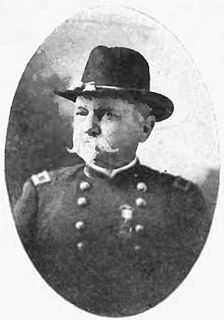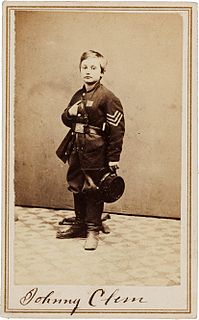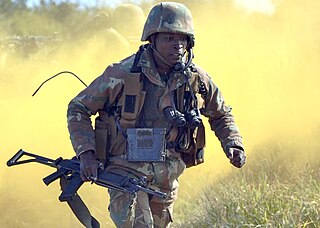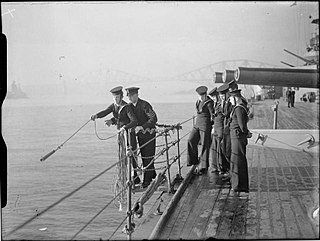
An apprenticeship is a system of training a new generation of practitioners of a trade or profession with on-the-job training and often some accompanying study. Apprenticeships can also enable practitioners to gain a license to practice in a regulated profession. Most of their training is done while working for an employer who helps the apprentices learn their trade or profession, in exchange for their continued labor for an agreed period after they have achieved measurable competencies. Apprenticeship lengths vary significantly across sectors, professions, roles and cultures. People who successfully complete an apprenticeship in some cases can reach the "journeyman" or professional certification level of competence. In others can be offered a permanent job at the company that provided the placement. Although the formal boundaries and terminology of the apprentice/journeyman/master system often do not extend outside guilds and trade unions, the concept of on-the-job training leading to competence over a period of years is found in any field of skilled labor.
A midshipman is an officer of the junior-most rank, in the Royal Navy, United States Navy, and many Commonwealth navies. Commonwealth countries which use the rank include Canada, Australia, Bangladesh, Namibia, New Zealand, South Africa, India, Pakistan, Singapore, Sri Lanka, and Kenya.

An airman is a member of an air force or air arm of a nation's armed forces. In certain air forces, it can also refer to a specific enlisted rank.

Hoyt Sanford Vandenberg was a United States Air Force general. He served as the second Chief of Staff of the Air Force, and the second Director of The Central Intelligence Agency.

Stephen Bleecker Luce was a U.S. Navy admiral. He was the founder and first president of the Naval War College, between 1884 and 1886.
Owen Thomas Edgar was, according to data from the United States Department of Veterans Affairs, the longest surviving U.S. veteran of the Mexican–American War.

Russell Randolph Waesche, Sr. served as the eighth Commandant of the United States Coast Guard from 1936 to 1946, overseeing the service during World War II. He was the U.S. Coast Guard's longest serving commandant, having served ten years as its commander. In addition, he was the first officer to hold the ranks of vice admiral and admiral within the Coast Guard.

A page or page boy is traditionally a young male attendant or servant, but may also have been used for a messenger at the service of a nobleman.

John Green was a United States cavalry officer who received the Medal of Honor for his bravery and leadership at the First Battle of the Stronghold during the Modoc War.

Derrick Morris was, at the time of his death, Europe's longest-surviving heart transplant recipient, living 25 years after the transplant performed by Sir Magdi Yacoub in 1980. He died from an illness that was not heart or transplant related.

Henry John Patch, dubbed in his later years "the Last Fighting Tommy", was an English supercentenarian, briefly the oldest man in Europe and the last surviving combat soldier of the First World War from any country. He is known to have fought in the trenches of the Western Front. Patch was the longest-surviving soldier of World War I, but he was the fifth-longest-surviving veteran of any sort from World War I, behind British veterans Claude Choules and Florence Green, Frank Buckles of the United States and John Babcock of Canada. At the time of his death, aged 111 years, 1 month, 1 week and 1 day, Patch was the third oldest man in the world, behind Walter Breuning & Jiroemon Kimura, the latter of whom would become the oldest verified man ever.
George Sirian was a Greek war orphan brought into the United States aboard the USS Constitution. He served in the United States Navy with distinction for over fifty years, first as an ordinary seaman, and later as a warrant officer with the rank of Gunner.

John Lincoln Clem, famously known as Johnny Shiloh, was a United States Army general who served as a drummer boy in the Union Army in the American Civil War. He gained fame for his bravery on the battlefield, becoming the youngest noncommissioned officer in Army history. He retired from the U.S. Army in 1915, having attained the rank of brigadier general in the Quartermaster Corps; he was the last veteran of the American Civil War still on duty in the U.S. Armed Forces. By special act of Congress on August 29, 1916, he was promoted to major general one year after his retirement.

The Army Foundation College (AFC) is located in Harrogate, North Yorkshire, England. It is the only British Army establishment that delivers initial military training to Junior Soldiers.
Henry Morris is known primarily as the founder of village colleges. He was the Chief Education Officer for Cambridgeshire for over thirty years, taking up the post in 1922 during a time of depression in the United Kingdom following the First World War.
Edwin "Ed" Yancey Argo was an American horse rider who competed in the 1932 Summer Olympics.
James Keays was a Scottish-born Australian musician who fronted the rock band the Masters Apprentices as singer-songwriter, guitarist and harmonica-player from 1965 to 1972 and subsequently had a solo career. He also wrote for a music newspaper, Go-Set, as its Adelaide correspondent in 1970 and its London correspondent in 1973.














